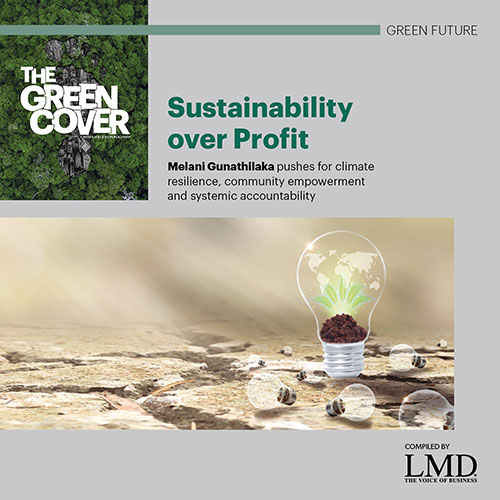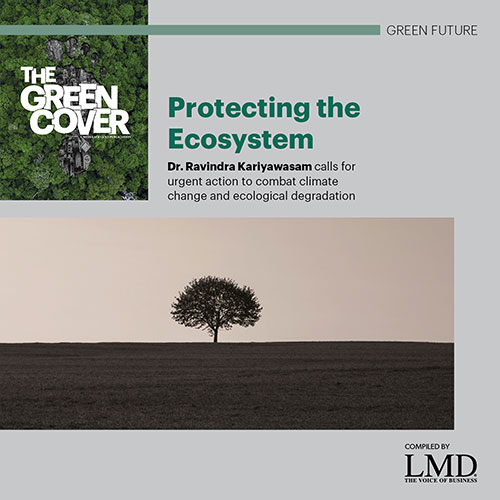GLOBAL PERSPECTIVES
Catastrophic Drought
An ongoing drought and soaring temperatures have unleashed fears of an olive ‘catastrophe’ in Spain – the world’s largest producer of olive oil, which endured a difficult 2022.
Cristóbal Cano – the Secretary General of the Union of Small Farmers and Ranchers (UPA) in the southern region of Andalusia, the heart of Spain’s olive oil industry – says he has never seen such a worrying situation in the 20 years that he’s been a farmer. He warns: “If something doesn’t change radically in the next few weeks, it’s going to be a catastrophe.”
According to the State Meteorological Agency (AEMET), accumulated rainfall since October 1 has been 25 percent lower than normal across Spain and 50 percent lower in most of Andalusia, where reservoirs are at 25 percent capacity.
The situation worsened at the end of April when an early heatwave brought exceptionally high temperatures, which reached 38.8°C in southern Spain.
“This happened as the olive trees were in bloom,” says Rafael Pico, a Director of ASOLIVA (Spanish Olive Oil & Pomace Olive Oil Exporters Association), who fears the blooms will dry up and notes that “if there are no flowers, there’s no fruit; and if there’s no fruit, there’s no oil.”
For Spain – which normally supplies 50 percent of the world’s olive oil and exports nearly three billion euros’ worth annually – the situation is even more worrying given the sector’s disastrous output in 2022.
During that season, extreme temperatures and a lack of rain saw olive oil production plummeting 55 percent to 660,000 tonnes compared to 1.5 million tonnes in the previous year, Ministry of Agriculture figures reveal. And the scene is set to play out again this year.
If the predictions prove true, it could spell the end for many olive farms. The Head of Spain’s leading olive cooperative Dcoop Rafael Sanchez de Puerta notes: “We can cope with one difficult year. It’s a natural part of the growing cycle. But two years in a row will be a disaster. Many are on the brink of collapse.”
For consumers, the outlook is also bleak as he points out that “the global price of olive oil depends largely on Spain.” In recent months, the price of oil has jumped.
“In mid-April, olive oil was selling at 5,800 euros a tonne, up from 5,300 euros in January,” says Fanny de Gasquet of Baillon Intercor, a brokerage firm specialising in oils and fats. In January last year, it was selling at 3,500 euros and the upward trend looks set to continue.
At the end of last year, the Spanish government moved to lower VAT on olive oil from 10 percent to five percent as part of a package of measures to help consumers in the face of soaring inflation. And to help farmers cope with the drought, it reduced the sector’s income tax by 25 percent. But for many, it’s too little in the face of the looming crisis.
“Lowering taxes for people who will have almost no income is of little use to them,” says de Puerta, calling for more ambitious moves to combat “a drought that is lasting longer than it should.”
OLIVE OIL SHORTAGE
An olive branch in a grove outside the Andalusian village of Alcalá la Real in Spain. The country is the world’s largest producer of olive oil, and drought and abnormally high temperatures are causing fears of a catastrophe for the sector, which is already reeling from a very difficult 2022.






